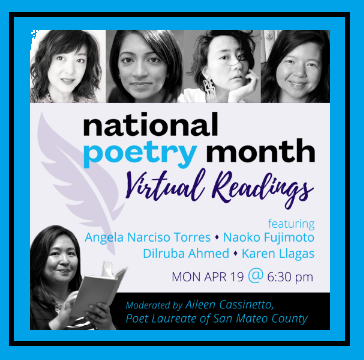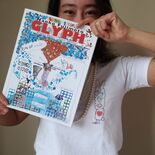|
陸前高田市で見た、稲穂からインスピレーションを得て、長編の詩&グラフィクポエトリーを作成しました。 North American Review 雑誌発売は、夏頃ですが、4月ポエトリーマンスの朗読会で、紙芝居チックにも読んでみようかなと考え中です。 自分の名前を説明するときの、稲穂の「穂」の部分。 辞書からそのまま、言葉を借りてくると、いつも思ってしまうのですがーーなんだかバラバラ殺人事件ーーを思い出してしまうのです。 英語の辞書だと: {稲、麦などの}穂 an ear; a head; a spike
「穂」と日本語で聞いたり、見たりすると、黄金色の稲穂、サワサワ揺れる稲穂。朝焼けや、夕焼けに映える、稲穂。など、私は想像します。 ですが! an ear; a head; a spike だと、体のパーツのような英語の言葉は、私が思っている「穂」の言葉のイメージとは違う。稲穂のロマンティックな想像からかけ離れています。 陸前高田市では、復興の様子もいろいろ、勉強、拝見させていただきました。 巨大な堤防、赤土の工事現場、津波の跡、新しい建物や、津波の記憶として残されている建物など。泊まったホテルは、小高いところにあり、堤防などを一望できるようになっていて、海の音は、堤防により聞こえなかったのですが、海の風の匂いというか、やさしい風を感じることができました。 その、やさしい風が、陸前高田市の稲穂をゆっくり揺らしていて。そのイメージを詩に閉じ込めるにはどうしたらいいのか、エッセイと詩では、違う言葉で表現してみました。 オンラインに発表予定のエッセイには、こんな風に書いてみました。 When the rice is ready for harvest, the top of its heads droop like upside down brooms. The parts swing together by gentle breeze—a bit of ocean smell—and it was my first realization that this color shares my namesake. と書いた後、「upside down broomsは、ゆらゆら揺れるかあ~」と、言われてしまい。 そうだな~と思いつつ、 「穂」の形的には、upside down brooms・逆さまにした箒みたいじゃん、と言い返していました。 考えた結果、upside down broomsを選んだ理由は、音です。
* 詩の方は、最初の一節に「稲穂」が登場します。 ...one of whose kanji is ho, the spikes at the tops of wheat, maize, rice, and Japanese pampas grass. The other kanji mean rapeseed blossoms. They are all like autumn ginkgo leaves (how yellow I am) from field to field so bright in Rikuzentakata where I first visit, I see how my name’s color exists.... 読者が知っていると思われる言葉で、「稲穂」のネイチャーな雰囲気を表現しました。 「...the spikes at the tops of wheat, maize, rice...」ちょっと、説明文すぎたかなとも思ったりもしましたが、「ginkgo leaves」(いちょうの葉)などを出して、黄色に焦点をあて強調もしてみました。 グラフィクポエトリーでは、美しい日本色を出したかったので、周りにある、ありとあらゆる黄色を使っています。また、機会があれば、North American Review を読んでいただけると幸いです。 Comments are closed.
|
About NaokoArchives
June 2024
|
フジハブ
Welcome to FUJI HUB: Waystation to Poetry, Art, & Translation. This is not your final destination. There are many links to other websites here, so please explore them!
Welcome to FUJI HUB: Waystation to Poetry, Art, & Translation. This is not your final destination. There are many links to other websites here, so please explore them!
What are you looking for?
FUJI HUB Directory
Popular Sites:
Gallery of Graphic Poems
Working On Gallery
(Monthly New Article by Writers & Artists)
About Naoko Fujimoto
Contact
Naoko Fujimoto Copyright © 2024
FUJI HUB Directory
Popular Sites:
Gallery of Graphic Poems
Working On Gallery
(Monthly New Article by Writers & Artists)
About Naoko Fujimoto
Contact
Naoko Fujimoto Copyright © 2024




